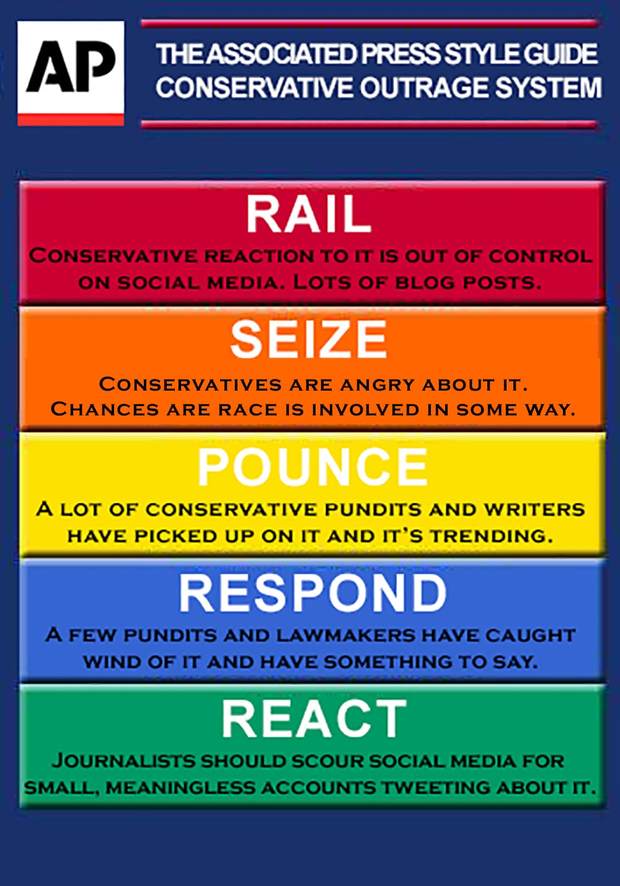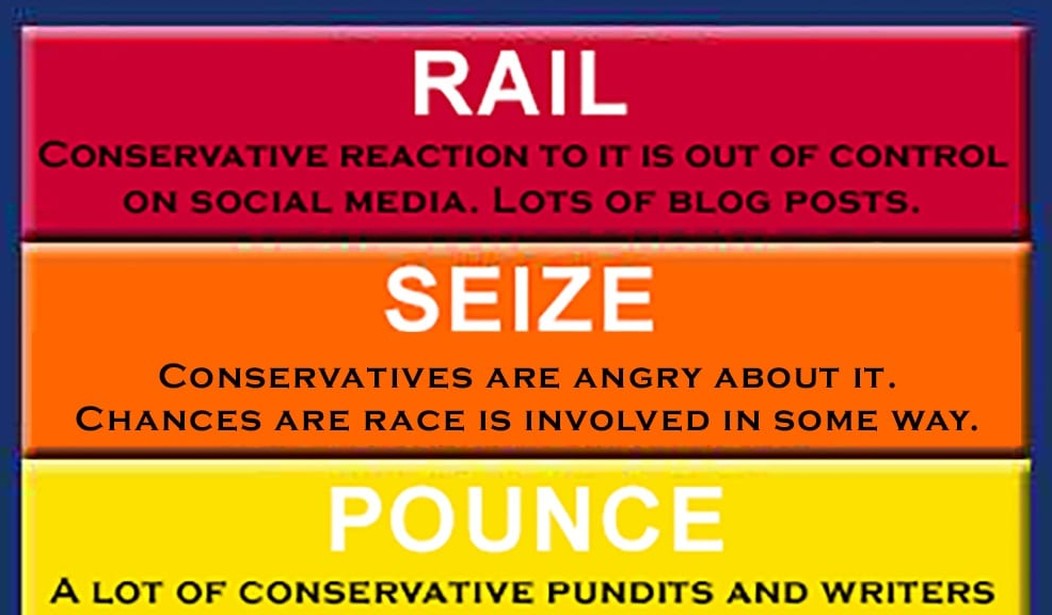It seems like any time someone says or does something controversial of late, the headline trend in reporting the story is to couch is as how conservatives are reacting to the story.
Take the story of the Alabama politicians who made a rather gruesome comment about abortion.
Here’s Democratic state rep. John Rogers opposing an abortion ban in Alabama: “It ought to be a woman’s choice. . . . Some kids are unwanted. So you kill them now or you kill them later. You bring them into the world unwanted, unloved, then send them to the electric chair.” pic.twitter.com/WMvTKBWipg
— Alexandra DeSanctis (@xan_desanctis) May 1, 2019
Apparently, the way some outlets decided to cover it is by noting the conservative reaction to the comments, rather than the fact that John Rogers actually said what he said.
Conservatives rail against Dem state lawmaker who said "some kids are unwanted, so you kill them” https://t.co/80A1fPp5eo pic.twitter.com/b7toFV6iMs
— The Hill (@thehill) May 2, 2019
Or what about that Twitter screw-up Alexandria Ocasio-Cortez made?
Rep. Alexandria Ocasio-Cortez's Twitter blunder prompts GOP backlash. https://t.co/7TdFGP7IzW pic.twitter.com/87wqBuQOhW
— ABC News (@ABC) April 25, 2019
It’s not the story. It’s the way we react to it. That’s what makes for headline writing today. It’s a growing trend, and it’s lazy writing.
But, there is one thing that’s always been difficult to figure out: When is it a “pounce”, a “seize”, or a “rail”? Well, I’ve been doing a lot of research into this, and I have come up with the following chart to help out.

(Image by Joe Cunningham/RedState)
Now clearly, Roger’s comments were atrocious and told us that it’s okay to kill a baby just because. This is exactly the kind of thing we said would become the mentality, though we were assured by pro-choice advocates that it was all about rape, incest, and the life of the mother. But because we believe in the sanctity of life from conception to death, our outrage over this senseless dehumanizing of unborn children becomes the story, rather than the controversial statement we’re reacting to.
Therefore, we are not just seizing or pouncing, but we’re railing. We’re completely outraged at this point.
I encourage any journalist who reads this to use this guide when writing about how we react to stories in the future. This haphazard throwing about of words is confusing and provides little clarity as to the severity of the story you’re writing about.













Join the conversation as a VIP Member